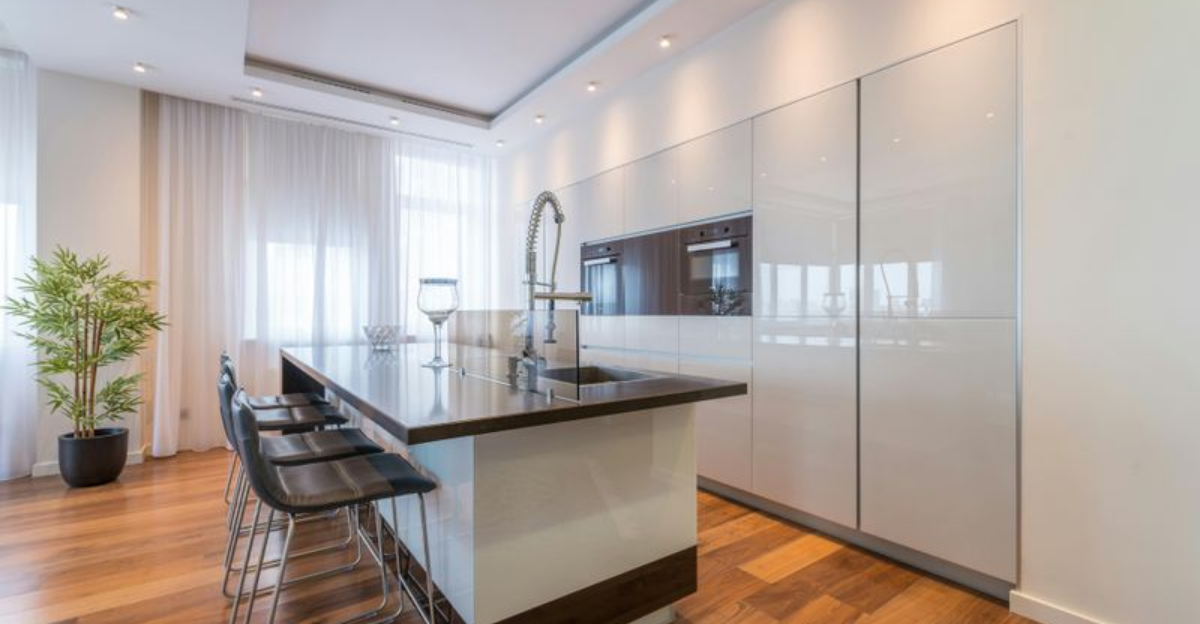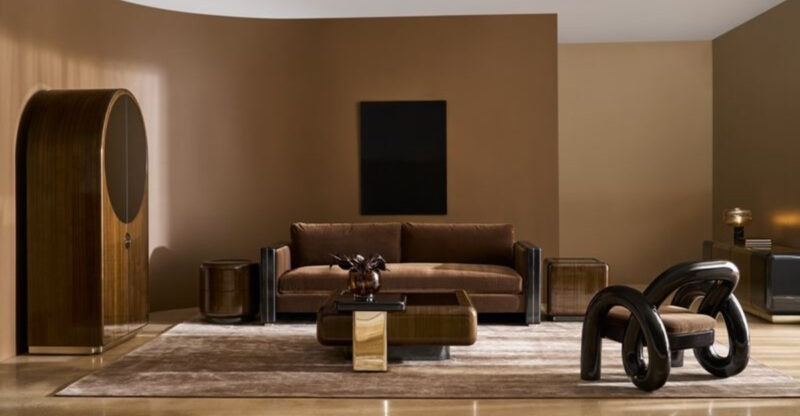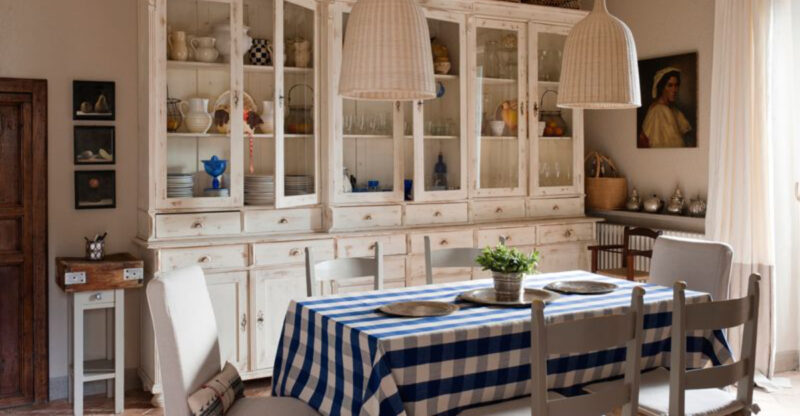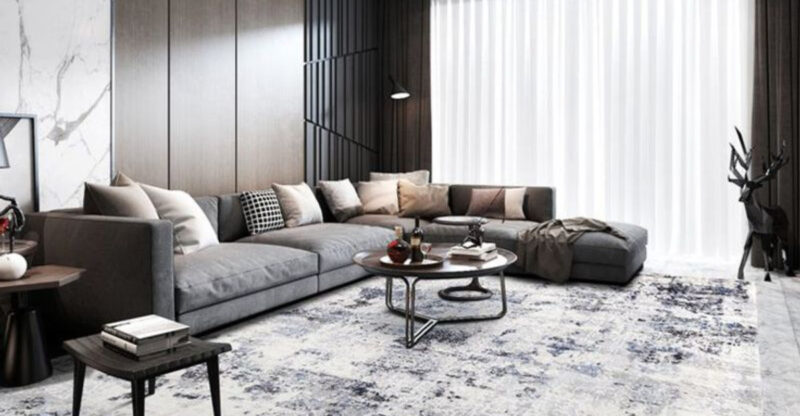6 Ways Your Kitchen Island Could Be Driving Buyers Away

When selling your home, the kitchen often plays a starring role in a buyer’s decision. The kitchen island meant to be a hub for cooking, dining, and socializing can sometimes backfire if it’s not designed or positioned well.
I’ve seen many sellers surprised when what they thought was a highlight actually leaves buyers hesitant. Here are six common island issues that could be affecting your home’s appeal, along with tips to address them.
Keep in mind that individual buyer preferences and kitchen layouts may influence how impactful these changes will be.
1. Oversized Islands That Swallow Space
Islands that take up too much floor space create a cramped, claustrophobic feeling that buyers instantly notice. When there’s barely enough room to walk around your island, it signals poor planning and makes the entire kitchen feel smaller than it actually is.
I recommend leaving at least 36 inches of clearance on all sides of your island. This allows for comfortable movement and proper traffic flow. If your current island is too large, consider replacing it with a smaller version or removing it completely for staging purposes.
Buyers today want kitchens that feel open and spacious. An oversized island contradicts this desire and makes them wonder what other awkward design choices they might find throughout your home.
2. Outdated Materials Screaming for Renovation
Tile countertops with grimy grout lines, laminate surfaces from the 90s, or wood finishes that have seen better days tell buyers one thing: this kitchen needs work. Materials that show heavy wear or belong to a bygone era make your entire kitchen feel dated.
Updating your island doesn’t always require a complete overhaul. Sometimes, replacing just the countertop with quartz or granite can transform the entire look. Even a fresh coat of paint on the base can work wonders if the structure is still sound.
Remember that buyers calculate renovation costs as they tour homes. An outdated island becomes a mental deduction from their offer price, often overestimating what the actual fix would cost.
3. Awkward Height Differences Creating Dysfunction
Did you know that multi-level islands were once the height of kitchen fashion? Now they’re often viewed as awkward and impractical. Islands with raised bar sections or multiple height changes create visual choppiness and limit the usable surface area.
Today’s buyers prefer large, single-level islands that can serve multiple functions from food prep to homework space to buffet serving. If your island has height variations, consider modifying it to create one continuous surface.
When potential buyers see an island with different levels, they imagine the hassle of items rolling off edges or the limitations of not having one large work surface. Simple, functional designs now win over complicated multi-level configurations.
4. Poor Electrical Planning Limiting Functionality
Islands without electrical outlets force homeowners to stretch cords across walkways or limit where they can use appliances. This oversight becomes immediately apparent to savvy buyers who plan to use their island for cooking and entertaining.
Modern kitchen islands should include multiple outlets – ideally pop-up or hidden versions that don’t disrupt the clean lines of your design. If your island lacks electrical access, hiring an electrician to add outlets before listing could be a worthy investment.
Buyers today expect to plug in everything from blenders to laptops at their island. When they can’t find outlets, they start wondering what other functional elements might be missing throughout the house.
5. Bizarre Color Choices That Clash With Everything
That bold turquoise island might have seemed like a fun idea when you installed it, but unusual color choices often leave buyers cold. Brightly colored or oddly painted islands that don’t coordinate with the rest of the kitchen create visual discord that’s hard to ignore.
Neutral islands in white, gray, or wood tones have broader appeal and help buyers envision their own style in the space. If your island features an unconventional color, repainting it in a neutral shade before listing can make a dramatic difference in buyer response.
Though you might love your statement piece, remember that bold design choices narrow your buyer pool. What feels like personality to you might feel like an immediate renovation project to them.
6. Insufficient Overhang for Comfortable Seating
Where’s your knee space? Islands with minimal countertop overhang make seating uncomfortable or impossible. When the overhang is less than 12 inches, anyone sitting at the island will be awkwardly pressed against the cabinetry with nowhere to put their legs.
Proper seating areas require at least 12-15 inches of overhang for standard countertops, and even more for thicker countertop materials. If your island lacks adequate overhang, consider extending the countertop or replacing it entirely before showing your home.
Buyers consistently rank kitchen islands with comfortable seating as a top priority. When they try to imagine themselves sitting at your island and find there’s no legroom, they immediately see a problem that needs fixing rather than a feature to enjoy.






